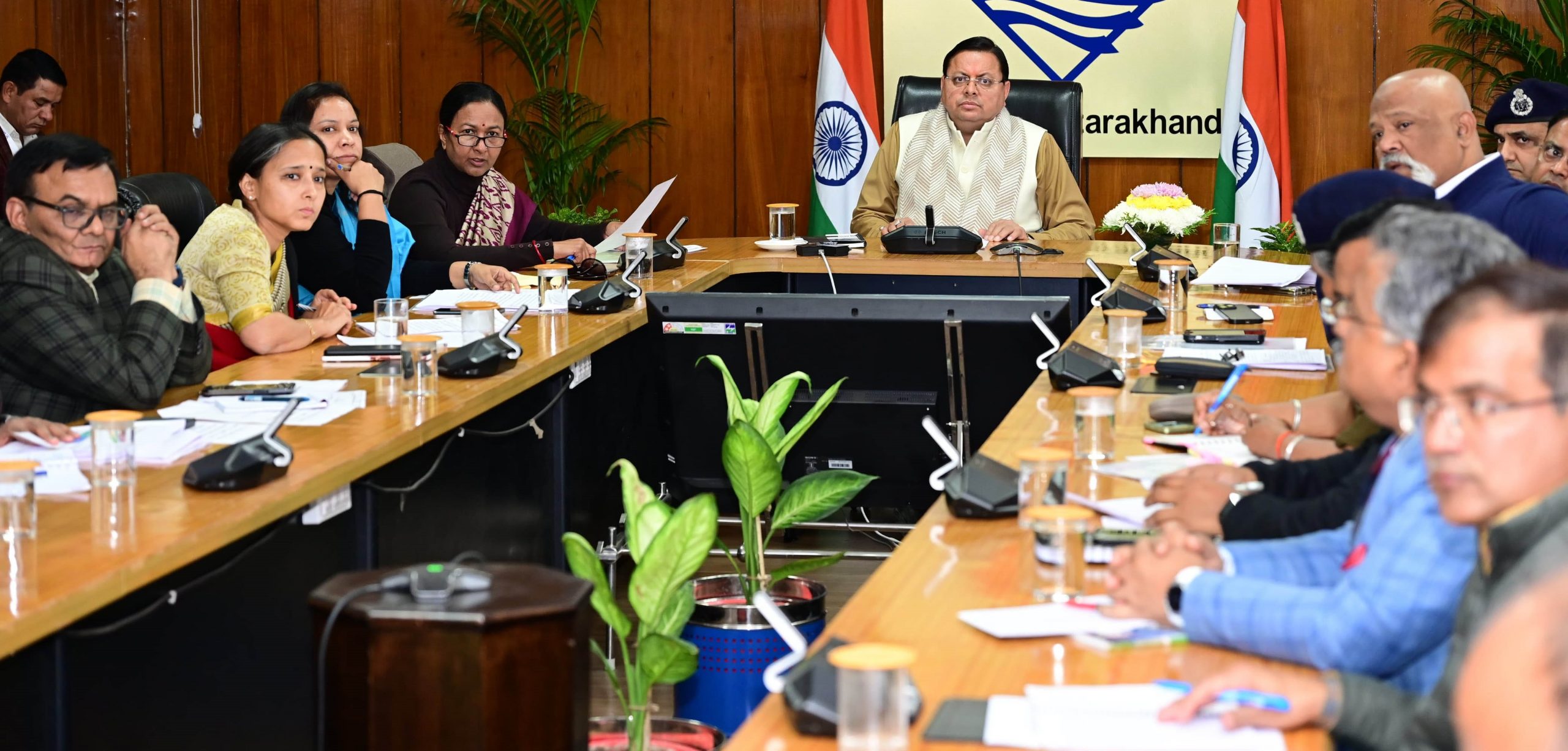Persistent Measles: Strategies For Effective Eradication

Table of Contents
Understanding the Persistence of Measles
The persistence of measles, despite decades of vaccination efforts, is a complex issue stemming from several interconnected factors. Addressing these challenges requires a comprehensive and multi-pronged approach.
Vaccine Hesitancy and Misinformation
The rise of anti-vaccine movements and the proliferation of misinformation online represent major obstacles to measles eradication. False claims about vaccine safety and efficacy, often amplified through social media platforms, sow doubt and fear among parents, leading to decreased vaccination rates.
- Examples of Misinformation: False claims linking vaccines to autism, unfounded concerns about vaccine ingredients, and exaggerated reports of adverse events.
- Strategies to Combat Vaccine Hesitancy:
- Community Engagement: Involving community leaders, religious figures, and trusted healthcare providers in vaccination campaigns.
- Educational Campaigns: Disseminating accurate information about vaccine safety and efficacy through multiple channels.
- Addressing Concerns: Providing clear and transparent answers to parents' questions and concerns about vaccines.
- Social Media Countermeasures: Utilizing social media platforms to debunk misinformation and share evidence-based information.
Gaps in Vaccination Coverage
Unequal access to vaccines globally and within populations creates pockets of vulnerability, fueling the continued spread of measles. Many underserved communities lack access to routine immunization services, leaving children unprotected.
- Identifying Underserved Communities: Utilizing data on vaccination coverage to identify areas with low immunization rates and high vulnerability.
- Strategies for Improving Vaccine Access:
- Mobile Clinics: Bringing vaccination services directly to remote or underserved communities.
- Outreach Programs: Actively engaging with communities to promote vaccination and address barriers to access.
- Strengthening Supply Chains: Ensuring a reliable supply of vaccines and essential supplies, particularly in resource-limited settings.
Challenges in Outbreak Response
Delayed detection, inadequate surveillance systems, and limited resources often hinder effective outbreak response, allowing measles to spread rapidly.
- Importance of Early Detection and Rapid Response: Implementing robust surveillance systems to detect outbreaks quickly and initiate timely interventions.
- Strengthening Surveillance Systems: Investing in improved data collection, analysis, and reporting mechanisms.
- Improving Diagnostic Capabilities: Ensuring access to reliable diagnostic tests for early confirmation of measles cases.
- Resource Allocation for Outbreak Management: Providing adequate funding and personnel for effective outbreak response.
Effective Strategies for Measles Eradication
Achieving global measles eradication requires a concerted effort to strengthen existing strategies and implement new initiatives.
Strengthening Routine Immunization Programs
High vaccination coverage rates are crucial for preventing measles outbreaks. This requires robust and sustainable immunization programs.
- Improving Vaccine Supply Chains: Ensuring a reliable and consistent supply of high-quality vaccines.
- Training Healthcare Workers: Providing healthcare workers with the skills and knowledge necessary to administer vaccines safely and effectively.
- Monitoring Vaccine Effectiveness: Regularly monitoring vaccine effectiveness and identifying areas needing improvement.
- Integrating Measles Vaccination: Integrating measles vaccination with other routine childhood immunizations to improve coverage.
Targeted Supplemental Immunization Activities (SIAs)
SIAs are crucial for reaching missed children and boosting immunity in high-risk populations. These targeted campaigns require careful planning and implementation.
- Strategies for Effective SIA Implementation:
- Community Mobilization: Engaging community leaders and members to promote participation in SIAs.
- Data-Driven Targeting: Utilizing data to identify areas and populations with low vaccination coverage.
- Reaching Remote Areas: Employing innovative strategies to overcome logistical challenges in reaching remote and hard-to-reach populations.
Public Health Communication and Community Engagement
Building trust and addressing vaccine hesitancy requires effective public health communication strategies.
- Developing Effective Communication Strategies: Tailoring messages to specific audiences, using multiple channels, and incorporating culturally appropriate messaging.
- Engaging Community Leaders and Influencers: Collaborating with community leaders and influencers to build trust and promote vaccination.
- Utilizing Multiple Channels: Employing a variety of communication channels, including social media, traditional media, and community events.
Surveillance and Outbreak Response Mechanisms
Robust surveillance and rapid response systems are essential for containing outbreaks quickly and preventing further spread.
- Strengthening Laboratory Capacity: Investing in laboratory capacity for rapid and accurate diagnosis of measles cases.
- Establishing Early Warning Systems: Developing systems to detect and respond to outbreaks quickly.
- Standardized Outbreak Response Protocols: Developing clear and standardized protocols for managing measles outbreaks.
- Ensuring Adequate Funding: Securing sufficient funding for effective surveillance and outbreak response activities.
Conclusion
Eradicating persistent measles requires a multifaceted approach that addresses vaccine hesitancy, improves vaccination coverage, strengthens surveillance systems, and enhances outbreak response capabilities. The key takeaways are the necessity of a coordinated global effort, robust community engagement, and sustained investment in immunization programs. By implementing these strategies, we can significantly reduce the burden of this preventable disease and ultimately achieve global measles eradication. To learn more about measles and support initiatives aimed at achieving global measles eradication, visit [link to relevant organization]. Advocate for improved vaccination policies and further research on effective persistent measles control strategies. Let's work together to eliminate persistent measles and protect future generations.

Featured Posts
-
 Jon Jones Still Cant Move Past Daniel Cormier Expert Opinion
May 30, 2025
Jon Jones Still Cant Move Past Daniel Cormier Expert Opinion
May 30, 2025 -
 Valley High School Coach Honored With Regional Coach Of The Year Title
May 30, 2025
Valley High School Coach Honored With Regional Coach Of The Year Title
May 30, 2025 -
 Como Obtener Tu Reembolso Por La Cancelacion Del Festival Axe Ceremonia 2025 En Ticketmaster
May 30, 2025
Como Obtener Tu Reembolso Por La Cancelacion Del Festival Axe Ceremonia 2025 En Ticketmaster
May 30, 2025 -
 Ticketmaster Caida Hoy 8 De Abril Informacion Y Reportes Grupo Milenio
May 30, 2025
Ticketmaster Caida Hoy 8 De Abril Informacion Y Reportes Grupo Milenio
May 30, 2025 -
 Giro D Italia 2024 Del Toros Stage 17 Win Australian Abandonments
May 30, 2025
Giro D Italia 2024 Del Toros Stage 17 Win Australian Abandonments
May 30, 2025
